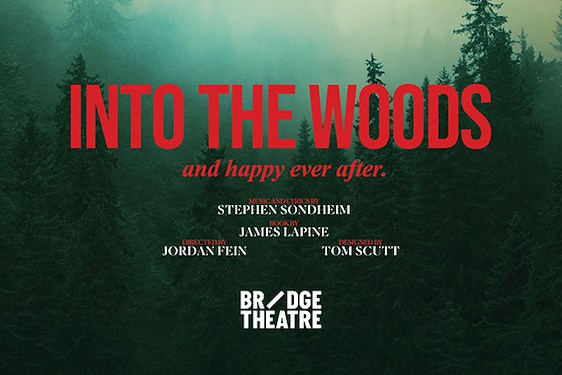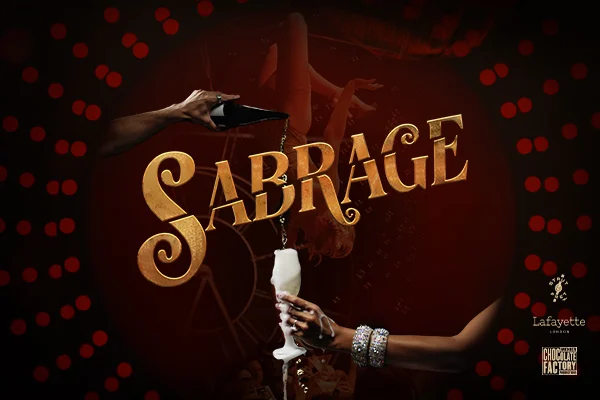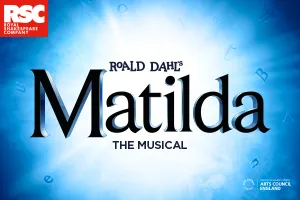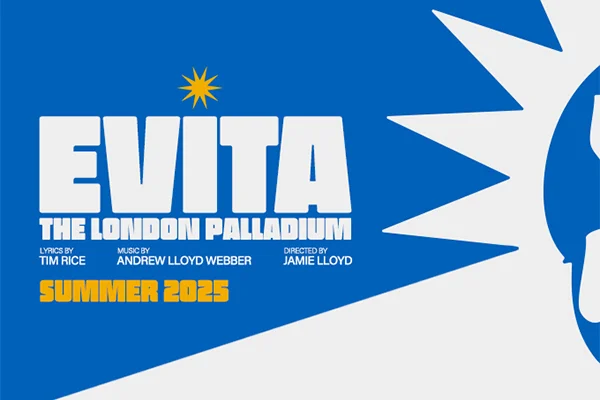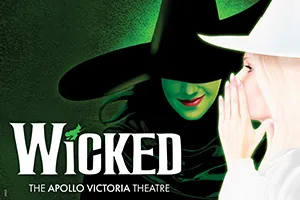A memorable, hugely exciting double bill, Passing and Frontier, performed by Ballet BC – the leading Canadian dance company – feels as if it’s at the forefront of contemporary dance today. Two wonderfully creative choreographers, Crystal Pite (Frontier, a third iteration of her 2008 original) and Johan Inger (Passing), have created pieces that could not be more different, presenting a contrast of style and mood, light and dark. The link between the two choreographers is their experience with Nederlands Dans Theater – and it shows.
on the forefront of what’s happening in contemporary dance
One can see why Crystal Pite is one of the most sought-after choreographers in Europe today. In Frontier, she aims to explore doubt, made visible through shadows. It is an overwhelming experience, with embodied shadows: a vast crowd of dancers, hooded and dressed in black, crawl up from the audience, roll across the stage and later lift, stalk and importune with grasping hands, surrounding and enveloping spotlit dancers in white. The seething mass of shadows are at the same time embodied yet abstract, suggesting nightmare dreams surfacing from the unconscious – abstract enough for the audience to interpret with their own fears and desires. The darkened stage is swept at times with even darker shadows – an inspired design by Tom Visser. As Pite claims, the ‘neurotic’ – by which she seems to mean psychological – can also be linked with cosmic dark matter, of which, of course, we know nothing. Eerie music from Owen Belton and two uplifting choral pieces by Eric Whitacre bookend the piece.
The skill and extraordinary fluidity of the dancers is shown off in Frontier with their extreme moves – reaching out, bending backwards and Martha Graham-esque deep pliés. In the second piece, Inger’s Passing, about birth, life and death in a community context involving the full cast, there’s an even wider variety of dance styles, including folk and tap. The individuality of the performers is highlighted, no doubt the result of improvisation in the choreography’s creation. It starts with great humour and lightness, full of surprises – dancers laugh, cry out loud, and there is a hilarious episode where a woman gives birth to adult dancers. Particularly affecting was the solo live singing of a Swedish folksong, reminiscent to Scottish ears of Gaelic melody.
Although Passing successfully contrasts with Pite’s piece, its middle section feels random and loses its way. The final segment, with snow falling and a more sombre mood, could be potentially moving, but at present it feels overly long.









